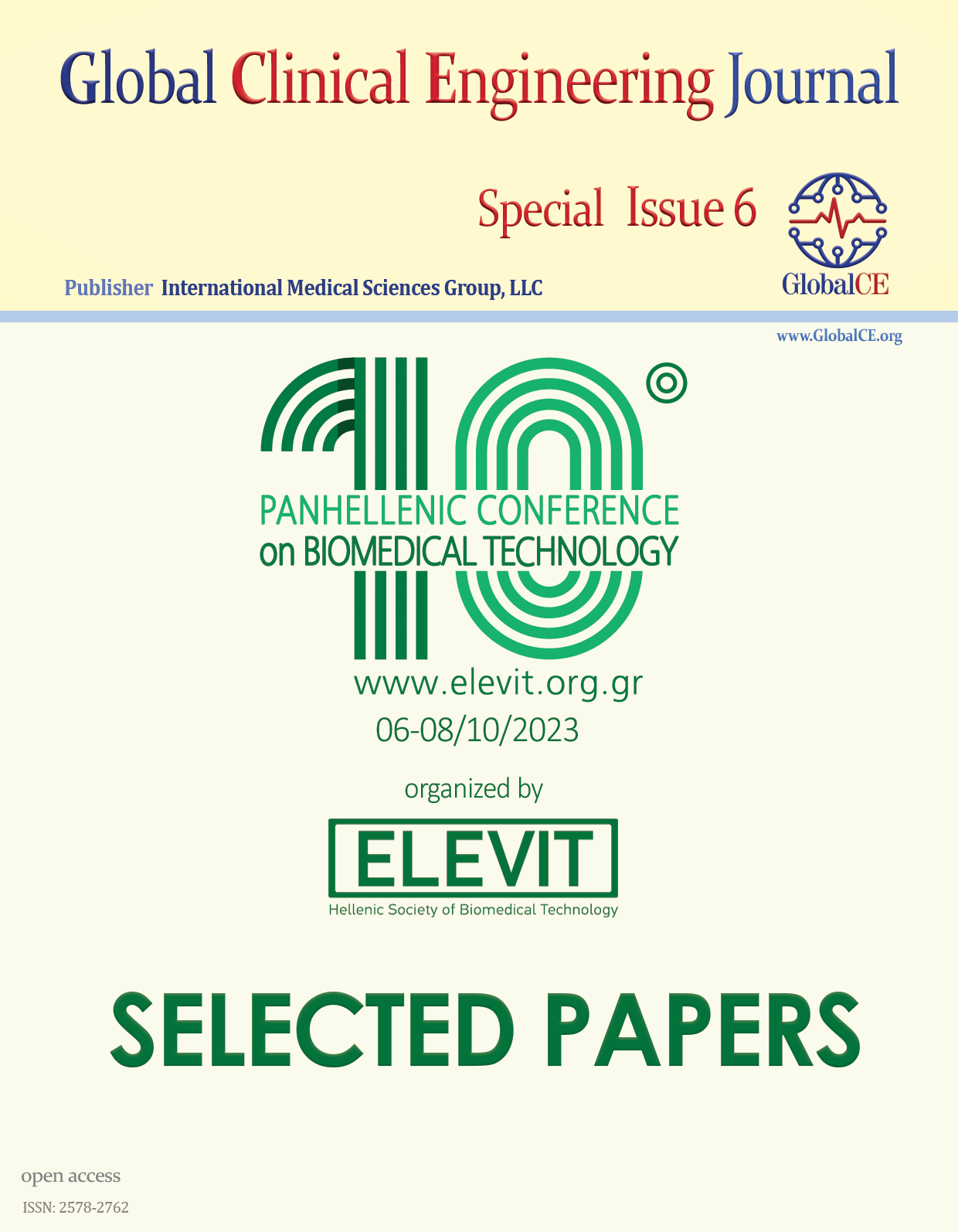Novel Functional Electrical Stimulation Parameter Optimization for Neurorehabilitation Using Both Conventional and AI Techniques
Main Article Content
Keywords
medical devices, denervation, stroke, spinal cord injury, SCI, Functional Electrical Muscle Stimulation, FES, Functional Electrical Stimulation Therapy, FEST, medical instrumentation, neurorehabilitation, physical rehabilitation, machine learning, artificial intelligence, AI, biomedical engineering, Central Nervous System, CNS, Peripheral Nervous System, PNS
Abstract
Neurological conditions such as stroke or spinal cord trauma often attenuate or disrupt nerve connections, leading to loss of muscle function, sensation, or responsiveness. The application of physical and occupational therapy rehabilitation protocols can help regain some of the lost functions and significantly improve a patient’s quality of life. These protocols leverage the principle of neuroplasticity, an inherent property of the brain which allows the formation of new neural connections in response to external stimuli. Electrical Muscle Stimulation (EMS) has been proven to amplify the effects of rehabilitation as it adds new stimuli in the form of suitable electric pulse trains directly to the neuromuscular system. Certain rehabilitation protocols incorporate functional exercises which mimic natural movements, which can in turn benefit by the application of synchronized electric pulses. This process, known as Functional Electrical Stimulation (FES), has been demonstrated to be beneficial with respect to the nature and longevity of neuromuscular adaptations as well as brain reorganization. This paper considers techniques for the optimization of these parameters and presents preliminary in vivo experimental results demonstrating the proposed methodology.
Downloads
Abstract 458 | PDF Downloads 78
References
2. M. Milosevic, et al. (2020) Why brain-controlled neuroprosthetics matter: mechanisms underlying electrical stimulation of muscles and nerves in rehabilitation, BioMed Eng OnLine, 19:81.
3. L. Christiansen and H. R. Siebner (2022) Tools to explore neuroplasticity in humans: Combining interventional neurophysiology with functional and structural magnetic resonance imaging and spectroscopy, in Handbook of Clinical Neurology, Elsevier, 105-119
4. H. J. Jo, et al. (2023) Multisite Hebbian Plasticity Restores Function in Humans with Spinal Cord Injury, Annals of Neurology, 93:1198-1213






